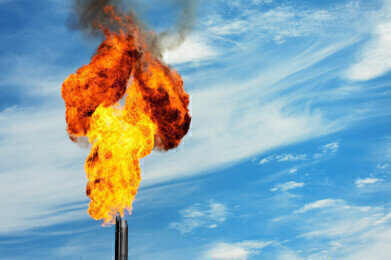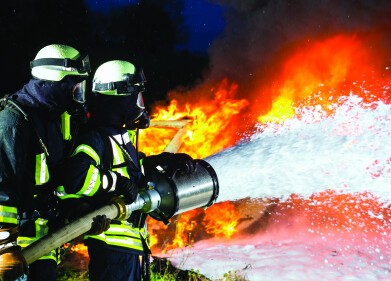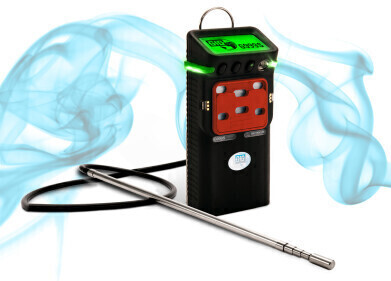Health & Safety
Reliable Methane Gas Monitoring Using Infrared Sensors
Oct 10 2018
Methane detectors are essential for monitoring safety and efficiency in a wide range of applications.
Gas detectors that can detect and quantify industrial and environmental gases like carbon monoxide, carbon dioxide, and methane play a vital role in ensuring the safety and efficiency of a wide variety of processes and applications. Only 30 years ago, miners were still using canaries to warn them of high levels of carbon monoxide or methane present in the mine. Thankfully, sensor technology has moved forward, and there are an ever-increasing number of options available for gas detection.
Gas detectors are widely used to detect leaks and monitor methane concentrations
Natural gas, which mainly consists of methane, is widely used in power generation. However, methane is a greenhouse gas, extremely flammable, and can form explosive mixtures in air. Methane leaks can have devastating results, so detecting leaks is vital during natural gas extraction, transportation, and power generation.
In the chemical industry production of syngas, methanol, acetic acid and other commodity chemicals depend on methane gas sensors to ensure that processes are operating safely and efficiently. Measuring atmospheric levels of methane is also becoming increasingly important for monitoring changing environmental conditions that may affect the environment and human health.
Commercially available gas detection technologies
There are a wide range of commercially available methane gas detectors and sensors, all with their own advantages and disadvantages:
1. Flame ionized detectors (FIDs)
FIDs use a hydrogen flame to ionize the methane gas. The ionized gas conducts an electrical current, which is measured to determine the gas concentration. Although FIDs are fast and accurate, they require the presence of a hydrogen source, an open flame, and a clean air supply. As a result, FIDs are not suitable for some applications.
2. Catalytic sensors
Catalytic sensors catalyze the reaction between methane and oxygen, resulting in heat generation and a change in resistance in the sensor, from which the methane concentration can be calculated. Although catalytic sensors are inexpensive and robust, they require oxygen to operate and are susceptible to poisoning, sintering, and contamination. As a result, regular calibration and replacement is required.
3. Semiconductor sensors
In a similar manner to catalytic sensors, semiconductor sensors react with methane, causing a change in resistance that is used to calculate the gas concentration. In common with catalytic sensors, semiconductor sensors are prone to contamination and poisoning.
4. Electrochemical sensors
Electrochemical sensors oxidize or reduce the methane at an electrode to produce a current, which is used to determine the gas concentration. Due to the contact between the atmosphere and the electrode, corrosion and chemical contamination can occur, and electrochemical sensors need frequent replacement.
5. IR sensors
IR sensors use an IR beam to detect and quantify gases present in the atmosphere. Although infrared sensors are slightly more expensive than some other sensors, they are robust and long-lasting. As a result, infrared sensors have become the dominant technology for detecting a range of gases.
This article explains why infrared (IR) sensors are the preferred option for methane detection. View it online at Edinburgh Sensors.
Digital Edition
IET 34.2 March 2024
April 2024
Gas Detection - Biogas batch fermentation system for laboratory use with automatic gas analysis in real time Water/Wastewater - Upcycling sensors for sustainable nature management - Prist...
View all digital editions
Events
Apr 30 2024 Melbourne, Australia
Apr 30 2024 Birmingham, UK
May 03 2024 Seoul, South Korea
May 05 2024 Seville, Spain
May 06 2024 Minneapolis, MN, USA


















